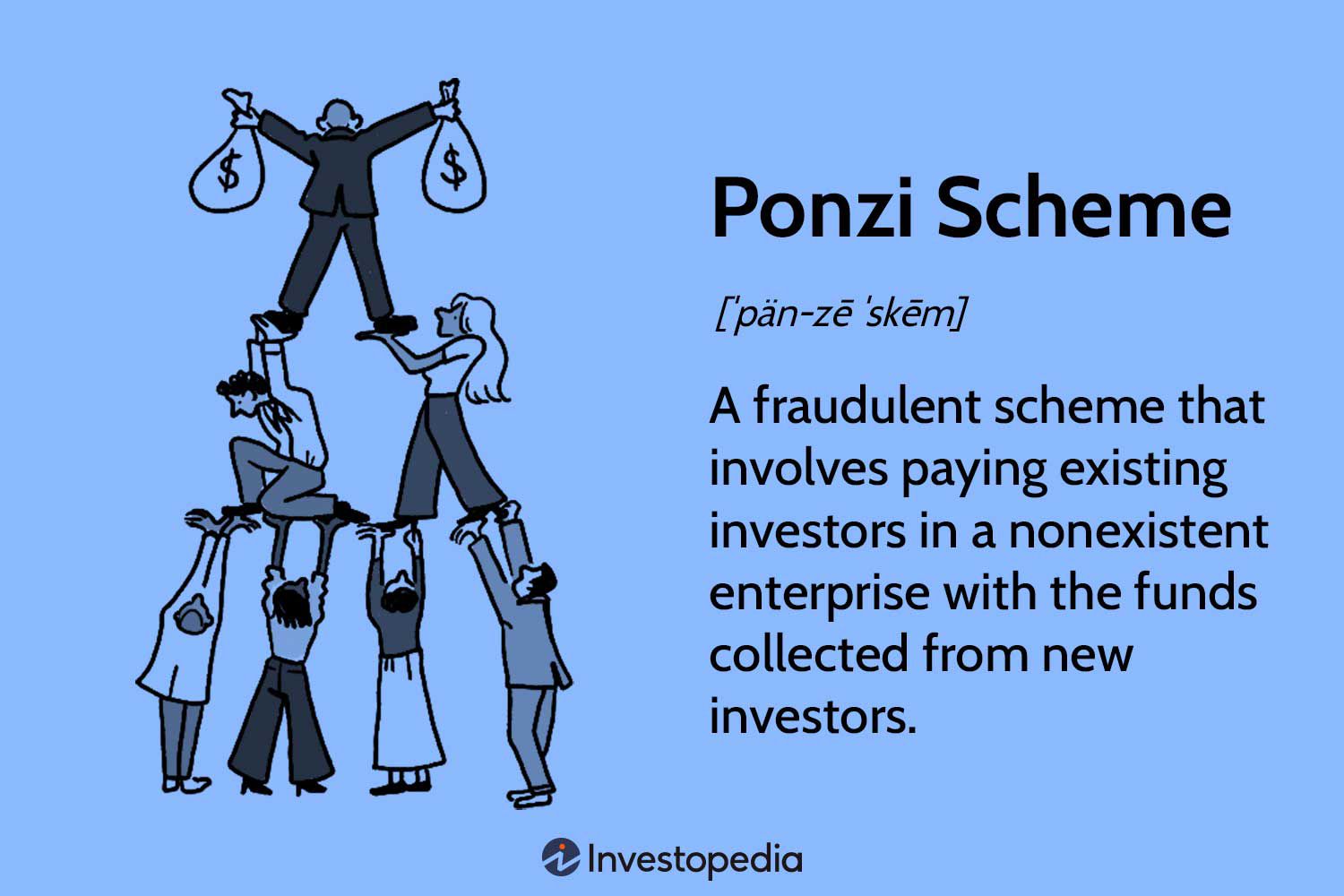In the world of finance and investment, there are various types of fraudulent schemes that people must be aware of. Two such schemes that often get confused are Ponzi schemes and pyramid schemes. While they share some similarities, they are fundamentally different in nature. In this article, we will explore the differences between Ponzi and pyramid schemes.

Credit: www.dehek.com
Table of Contents
What Is a Ponzi Scheme?
A Ponzi scheme is a fraudulent investment operation where the operator, typically an individual or a company, promises high returns to attract investors. The operator pays returns to earlier investors using funds collected from new investors, rather than from legitimate profits. This creates a false impression of a profitable investment, encouraging more investors to join.
The key characteristic of a Ponzi scheme is that it relies on a constant stream of new investors to sustain itself. Eventually, the scheme collapses when it becomes impossible to recruit new members or when a large number of investors demand their money back at once.
Characteristics of Ponzi Schemes:
- Offers unrealistically high returns on investment
- Relies on a continuous influx of new investors
- Uses funds from new investors to pay previous investors
- Operates without a legitimate underlying business
- Usually run by a single individual or a small group
What Is a Pyramid Scheme?
A pyramid scheme is a fraudulent business model that recruits members via a promise of payments or services for enrolling others into the scheme, rather than supplying investments or selling legitimate products or services. Members are expected to recruit new members and pay an entry fee, which is then distributed among the higher-ranking participants.
The hallmark of a pyramid scheme is the emphasis on recruitment. Its focus is primarily on bringing in new participants to keep the pyramid growing. As the number of members increases, the need for new recruits becomes unsustainable, leading to the collapse of the scheme.
Characteristics of Pyramid Schemes:
- Emphasizes recruitment of new members
- Participants pay an entry fee or purchase a product
- Money flows up the pyramid to higher-ranking members
- Little to no emphasis on selling legitimate products or services
- Requires constant recruitment to sustain the scheme

Credit: fastercapital.com
The Key Differences
Although both Ponzi schemes and pyramid schemes are forms of financial fraud, they differ in several crucial aspects:
| Ponzi Schemes | Pyramid Schemes |
|---|---|
| Operated by an individual or small group | Can involve multiple levels of participants |
| Investors are promised high returns | Members earn money by recruiting others |
| Money is taken by a single operator | Money flows up the pyramid structure |
| Relies on a constant influx of new investors | Requires constant recruitment to sustain the scheme |
Legal Considerations
Both Ponzi and pyramid schemes are illegal in most countries. Law enforcement authorities actively work to dismantle such fraudulent operations and penalize the individuals involved. It’s important for potential investors and individuals to stay informed and educated about such schemes to protect themselves from becoming victims.
Conclusion
Ponzi schemes and pyramid schemes may appear similar on the surface, but they have distinct differences in their operation and structure. While Ponzi schemes rely on promising high returns to attract investors, pyramid schemes depend on recruiting new members to sustain the scheme. Understanding these differences is crucial for safeguarding yourself against financial fraud.
